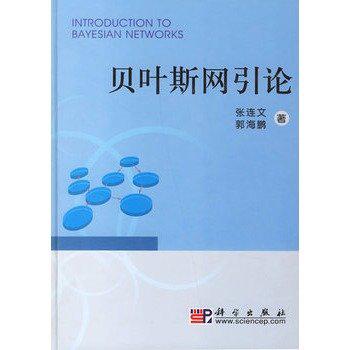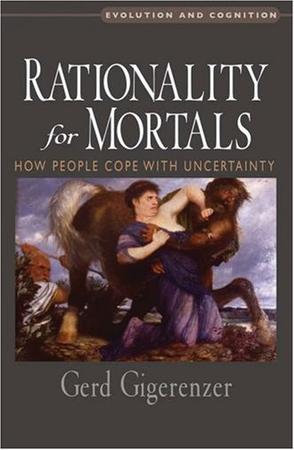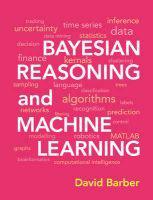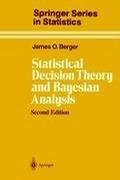-

贝叶斯方法与科学合理性
康德说,休谟把他从独断论的迷梦中惊醒。笔者认为,如果休谟能够看到康德的书,他也许会说:康德把他从经验论的泥潭中拯救。在笔者看来,这两位最伟大的哲学家,其哲学思想是相互补充的。 本书是在贝叶斯理论的框架内,采纳并改进康德的先验范畴,进而给出休谟问题的一种解决。本书对若干有关科学合理性的疑难问题给以回应,其中包括反事实条件句与科学定律、分析与综合、还原与突现以及迪昂-奎因问题等。略 -

贝叶斯网引论
-

Rationality for Mortals
Gerd Gigerenzer's influential work examines the rationality of individuals not from the perspective of logic or probability, but from the point of view of adaptation to the real world of human behavior and interaction with the environment. Seen from this perspective, human behavior is more rational than it might otherwise appear. This work is extremely influential and has spawned an entire research program. This volume (which follows on a previous collection, Adaptive Thinking, also published by OUP) collects his most recent articles, looking at how people use "fast and frugal heuristics" to calculate probability and risk and make decisions. It includes a newly writen, substantial introduction, and the articles have been revised and updated where appropriate. This volume should appeal, like the earlier volumes, to a broad mixture of cognitive psychologists, philosophers, economists, and others who study decision making. -

The Theory That Would Not Die
Drawing on primary source material and interviews with statisticians and other scientists, "The Theory That Would Not Die" is the riveting account of how a seemingly simple theorem ignited one of the greatest scientific controversies of all time. Bayes' rule appears to be a straightforward, one-line theorem: by updating our initial beliefs with objective new information, we get a new and improved belief. To its adherents, it is an elegant statement about learning from experience. To its opponents, it is subjectivity run amok. In the first-ever account of Bayes' rule for general readers, Sharon Bertsch McGrayne explores this controversial theorem and the human obsessions surrounding it. She traces its discovery by an amateur mathematician in the 1740s through its development into roughly its modern form by French scientist Pierre Simon Laplace. She reveals why respected statisticians rendered it professionally taboo for 150 years - at the same time that practitioners relied on it to solve crises involving great uncertainty and scanty information, even breaking Germany's Enigma code during World War II, and explains how the advent of off-the-shelf computer technology in the 1980s proved to be a game-changer. Today, Bayes' rule is used everywhere from DNA decoding to Homeland Security. "The Theory That Would Not Die" is a vivid account of the generations-long dispute over one of the greatest breakthroughs in the history of applied mathematics and statistics. -

Bayesian Reasoning and Machine Learning
Machine learning methods extract value from vast data sets quickly and with modest resources. They are established tools in a wide range of industrial applications, including search engines, DNA sequencing, stock market analysis, and robot locomotion, and their use is spreading rapidly. People who know the methods have their choice of rewarding jobs. This hands-on text opens these opportunities to computer science students with modest mathematical backgrounds. It is designed for final-year undergraduates and master's students with limited background in linear algebra and calculus. Comprehensive and coherent, it develops everything from basic reasoning to advanced techniques within the framework of graphical models. Students learn more than a menu of techniques, they develop analytical and problem-solving skills that equip them for the real world. Numerous examples and exercises, both computer based and theoretical, are included in every chapter. Resources for students and instructors, including a MATLAB toolbox, are available online. -

Statistical Decision Theory and Bayesian Analysis
In this new edition the author has added substantial material on Bayesian analysis, including lengthy new sections on such important topics as empirical and hierarchical Bayes analysis, Bayesian calculation, Bayesian communication, and group decision making. With these changes, the book can be used as a self-contained introduction to Bayesian analysis. In addition, much of the decision-theoretic portion of the text was updated, including new sections covering such modern topics as minimax multivariate (Stein) estimation.